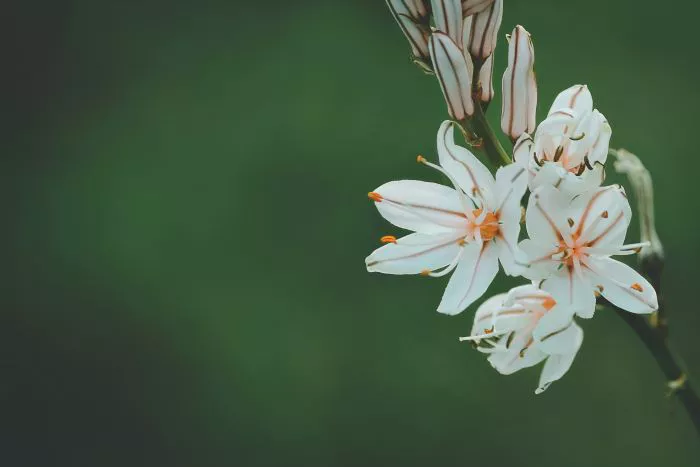Flower arrangements are a beautiful way to express emotions, celebrate occasions, and enhance spaces. They can vary significantly in style, technique, and purpose. Understanding the different types of flower arrangements can help you choose the right one for any event or setting. This article will explore various types of flower arrangements, their characteristics, and when to use them.
The Importance of Flower Arrangements
Flower arrangements serve multiple purposes. They can convey feelings such as love, sympathy, or celebration. They also enhance the aesthetic appeal of a space, making it more inviting and vibrant. Different arrangements can evoke different emotions and set the tone for an event. Knowing the types of arrangements available can help you make informed choices for your floral needs.
Traditional Arrangements
Traditional flower arrangements are characterized by their classic designs and symmetrical shapes. These arrangements often feature a balanced mix of flowers, foliage, and fillers. Common styles include:
Bouquets: Bouquets are perhaps the most recognized form of flower arrangement. They can be hand-tied or designed in a container. Bouquets are often given as gifts or used in weddings.
Centerpieces: Centerpieces are arrangements placed in the middle of a table. They can vary in size and style, from small and simple to large and elaborate. Centerpieces are commonly used at weddings, banquets, and other formal events.
Wreaths: Wreaths are circular arrangements made from flowers, foliage, or other materials. They are often used for decorative purposes on doors or as memorial tributes. Wreaths symbolize eternity and are popular during holidays and special occasions.
Contemporary Arrangements
Contemporary flower arrangements embrace modern design principles. They often feature unique shapes, asymmetry, and a mix of materials. These arrangements focus on creativity and artistic expression. Common styles include:
Ikebana: Ikebana is a Japanese art form that emphasizes line, balance, and harmony. This style often uses minimal flowers and incorporates branches and leaves. Ikebana arrangements are designed to highlight the beauty of each element.
Free-Form Arrangements: Free-form arrangements are characterized by their organic shapes and natural flow. They do not follow strict rules and often include a mix of flowers, branches, and foliage. This style allows for creativity and spontaneity.
Minimalist Arrangements: Minimalist arrangements focus on simplicity and elegance. They typically use fewer flowers and emphasize negative space. This style is popular in modern decor and often features monochromatic color schemes.
Seasonal Arrangements
Seasonal flower arrangements celebrate the beauty of each season. They incorporate flowers that are in bloom at specific times of the year, creating a connection to nature. Common types include:
Spring Arrangements: Spring arrangements often feature bright, cheerful flowers such as tulips, daffodils, and hyacinths. These arrangements symbolize renewal and are popular for Easter and spring celebrations.
Summer Arrangements: Summer arrangements are vibrant and colorful, often including sunflowers, daisies, and zinnias. These arrangements are perfect for outdoor events and barbecues.
Autumn Arrangements: Autumn arrangements feature warm colors and seasonal elements like pumpkins and gourds. Flowers such as chrysanthemums and dahlias are commonly used. These arrangements are popular for harvest festivals and Thanksgiving.
Winter Arrangements: Winter arrangements often include evergreens, holly, and seasonal blooms like poinsettias. These arrangements are used for holiday decorations and bring warmth to cold months.
Event-Specific Arrangements
Certain occasions call for specific types of flower arrangements. These arrangements are tailored to fit the theme and mood of the event. Common examples include:
Wedding Arrangements: Wedding arrangements can vary widely, from bridal bouquets to ceremony decor. Common elements include centerpieces, boutonnieres, and floral arches. Each arrangement is designed to complement the wedding theme and color scheme.
Funeral Arrangements: Funeral arrangements are created to honor the deceased and provide comfort to the bereaved. Common styles include casket sprays, standing sprays, and sympathy bouquets. These arrangements often use white or soft-colored flowers to convey peace and remembrance.
Celebration Arrangements: Celebratory arrangements are used for birthdays, anniversaries, and other joyous occasions. These arrangements can be colorful and festive, often incorporating balloons or other decorative elements.
Container Arrangements
The container used in a flower arrangement can significantly impact its style and presentation. Different types of containers can create various effects. Common types include:
Vases: Vases are the most common containers for flower arrangements. They come in various shapes and sizes, allowing for versatility in design. Tall vases are great for long-stemmed flowers, while short vases suit compact arrangements.
Baskets: Baskets provide a rustic and charming look for flower arrangements. They are often used for gift arrangements or centerpieces. Baskets can hold a mix of flowers and greenery, creating a natural feel.
Floral Foam: Floral foam is often used in arrangements that require stability. It allows for precise placement of flowers and is commonly used in formal arrangements and centerpieces.
Color and Texture in Arrangements
The choice of colors and textures plays a crucial role in flower arrangements. Different color combinations can evoke various emotions and set the mood for an event. Here are some key considerations:
Color Schemes: Color schemes can be monochromatic, analogous, or complementary. Monochromatic schemes use different shades of the same color, while analogous schemes use colors that are next to each other on the color wheel. Complementary schemes use opposite colors for a striking effect.
Texture: The texture of flowers and foliage adds depth to arrangements. Combining smooth, velvety petals with rougher textures creates visual interest. Textural variety can enhance the overall appeal of the arrangement.
Conclusion
Understanding the different types of flower arrangements can enhance your ability to choose the right design for any occasion. From traditional bouquets and centerpieces to contemporary free-form arrangements, each style has its unique characteristics and purpose. Seasonal arrangements celebrate the beauty of nature throughout the year, while event-specific arrangements cater to the mood of special occasions. By considering factors such as container choice, color schemes, and texture, you can create stunning floral displays that convey the desired emotions and enhance any space. Whether for personal enjoyment or special events, flower arrangements bring beauty and joy to our lives.


